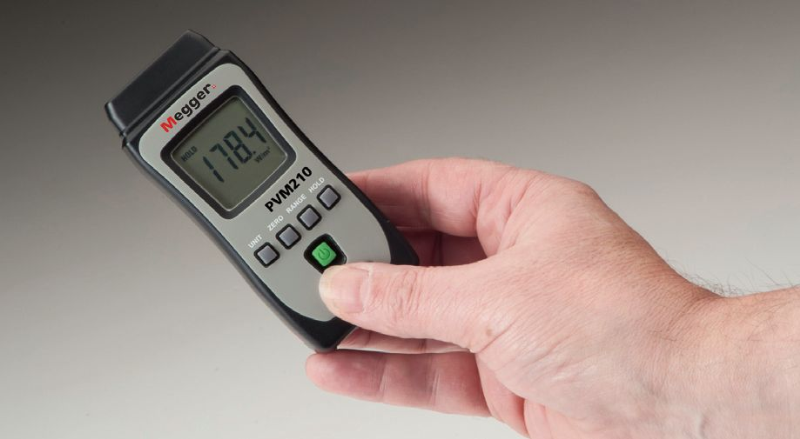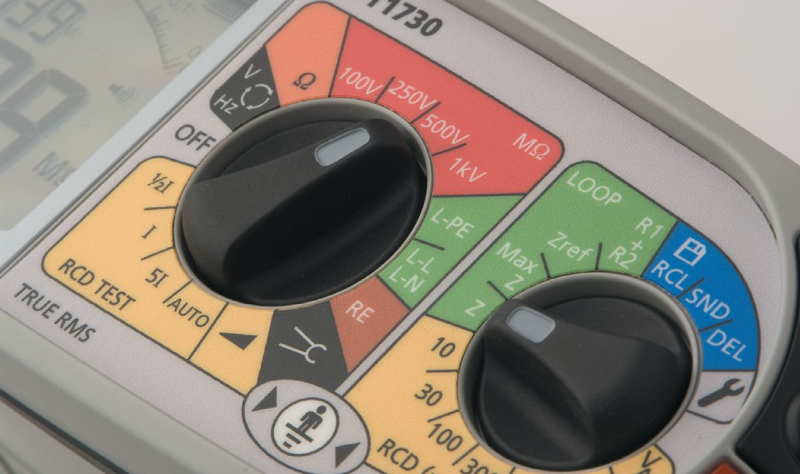 Although the testing of electrical installations that include renewable energy sources covers familiar ground for many, Simon Wood of Megger explains that these installations do have some specific requirements that may be less well known
Although the testing of electrical installations that include renewable energy sources covers familiar ground for many, Simon Wood of Megger explains that these installations do have some specific requirements that may be less well known
There are many forms of renewable energy installations, and each has its own testing requirements. However, this article deals principally with PV (photovoltaic) solar installations and, to some extent, small wind turbines, as these are without doubt the most popular options.
A costly myth
It is a common belief that you will need to purchase an expensive dedicated piece of test equipment for use on renewables installations. However, this is simply not the case. As with all electrical installations in the UK, renewable energy installations are tested according to the 17th Edition of the IET Wiring Regulations. Therefore, anyone who tests conventional installations will already have almost all of the test equipment they need for renewables – negating the need to purchase any extra.
However, the key phrase to take note of here is ‘almost all’, as a small amount of additional test equipment is required, but buying this separately costs far less than buying a dedicated renewables test set.
Additional equipment
So, what is this additional test equipment, and why is it needed? Conventional domestic and commercial electrical installations are concerned only with AC voltages and currents, whereas PV panels produce a DC output. For testing purposes, an instrument capable of reading DC voltage up to 600V and DC current up to around 10A is needed.
Therefore, in order to meet these requirements, a digital multimeter will fit the bill. However, when choosing an instrument it is important to look for one with a CAT IV 600V safety rating. This means the instrument will provide protection against the potentially dangerous effects of voltage transients, whether from the renewable energy source or the supply network.
 A clamp meter with AC and DC capabilities may also be a consideration for those regularly working on PV installations as it will allow current measurements to be made without the need to break into the circuit – although it is by no means essential.
A clamp meter with AC and DC capabilities may also be a consideration for those regularly working on PV installations as it will allow current measurements to be made without the need to break into the circuit – although it is by no means essential.
For work on PV installations, the next additional instrument needed is an irradiance meter. Essentially, this is a special form of light meter that measures the amount of sunlight falling on its sensor, and it is used to ensure that the PV panels operate to the manufacturers published specification, are fitted in the best possible location and are oriented to maximise their energy output.
Although these pieces of equipment are not expensive, it is advisable to choose one that has the sensor built-in to the instrument body. These meters are often used on a roof or at the top of a ladder, and juggling with a meter in one hand and a sensor in the other is neither convenient nor safe when working at height.
Similarly, a reading hold facility is also highly desirable, as it means the user doesn’t have to struggle to see the display while the actual reading is being taken. Instead, they can simply press the hold button and read the result later in a more convenient position.
 Wind turbines
Wind turbines
In these applications the solar irradiance meter would need to be substituted for an anenometer, although the digital multimeter will still be useful. However, many wind turbine installations have their own earthing electrode to ensure safe operation and so there needs to be a way of measuring the earth resistance of this electrode.
For electricians who don’t already have this equipment there are two options available.
Firstly they can purchase a stand alone earth resistance test set which is likely to be the right option for those who already have up to date instruments for testing standard electrical installations. Those who may be considering buying a complete set of new installation test equipment may prefer to consider the second option – the purchase of a multi-function installation tester (MFT) with built-in facilities for earth resistance testing.
MFTs of this type have only recently appeared on the market and, for those purchasing new installation test equipment, they offer a considerable cost saving compared with buying a standard MFT plus a separate earth resistance test set.
Testing renewable energy installations is nothing more than an extension of the testing work needed for conventional electrical installations. As we’ve seen, very little extra equipment is needed and, provided that equipment is chosen carefully, testing renewable installations conveniently and safely is a straightforward task for competent persons.
Megger
T: 01304 502 101

